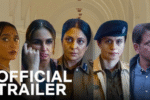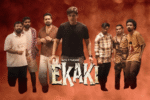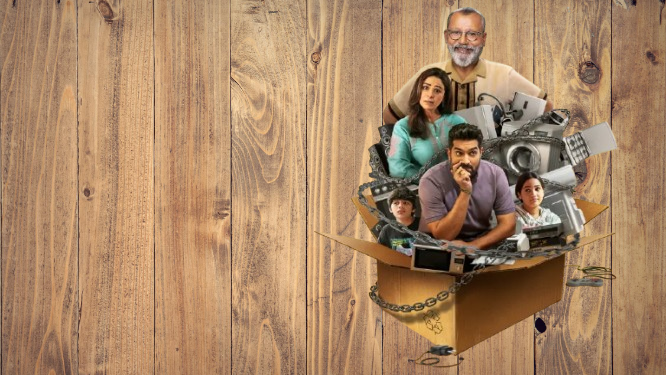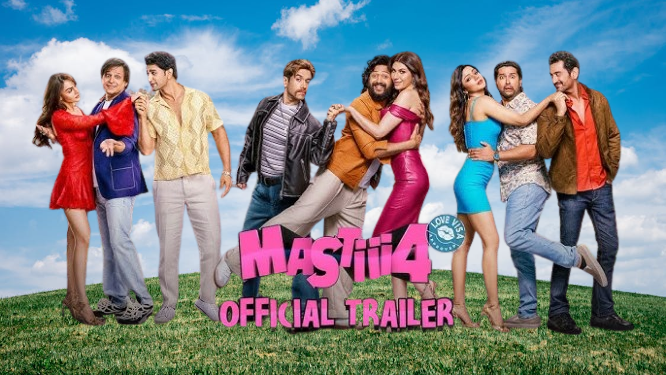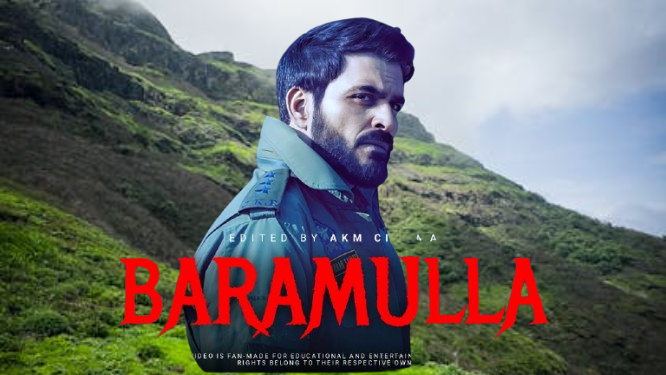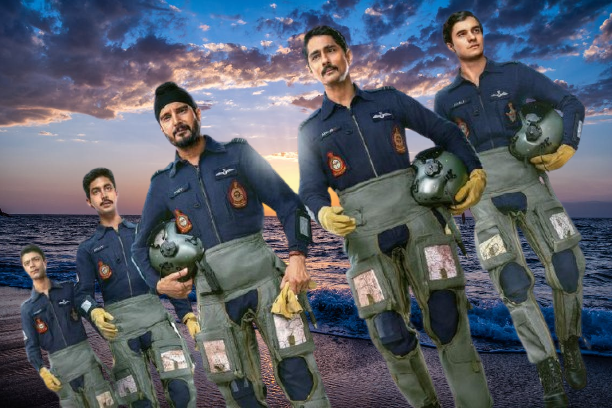Stranger Things 5 Movie 2025 Movierulz Review Details
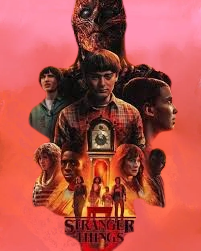
Stranger Things 5 (2025) Review: A Cinematic Spectacle of Shadows and Light
You know that rare show where every frame feels like a memory? Stranger Things 5 captures exactly that vibe. Having covered countless visual marvels over the past decade, I can say this final season stands as a masterclass in cinematography and visual storytelling.
Cinematic Brilliance: The Last Ride Through Hawkins
Set in the fall of 1987, this concluding chapter brings Hawkins to life with an eerie beauty. The Duffer Brothers craft scenes where nostalgia and dread collide — glowing neon signs, misty woods, and flickering flashlights frame the emotional weight perfectly.
As the Rifts tear open, the visual palette deepens — reds and shadows dominate, symbolizing both danger and destiny. Each camera angle feels intentional, pushing us to feel the characters’ fear and courage.
| Category | Rating |
|---|---|
| Cinematography | ★★★★★ (5/5) |
| Visual Effects | ★★★★☆ (4.5/5) |
| Direction of Photography | ★★★★★ (5/5) |
| Overall Visual Appeal | ★★★★☆ (4.5/5) |
Insight: The Duffer Brothers blend 80s nostalgia with horror elegance, achieving one of Netflix’s most cinematic finales yet.
Takeaway: Visuals are not just decoration — they’re the emotional language of this final fight.
Visual Effects Breakdown
From the haunting Upside Down sequences to the new government-controlled quarantine zones, the VFX team outdoes itself. Shadows move like living things, and the particle effects mirror the rift between dimensions. The Vecna sequences get a complete upgrade, with ultra-detailed prosthetics merged with digital animation.
- Particle Simulation: Advanced volumetric smoke rendering for the Upside Down.
- Lighting Design: Low-light HDR contrasts highlight emotional tension.
- Practical Effects: Use of fog, neon lighting, and analog lens flares evoke 80s cinema charm.
Insight: Practical and CGI elements blend seamlessly — reminding me of classic Spielberg techniques reimagined for the 2025 audience.
Takeaway: This isn’t nostalgia; it’s technical evolution.
| Technique | Description | Impact |
|---|---|---|
| HDR Grading | Balanced contrast between Hawkins and Upside Down | Immersive tone control |
| 3D Particle Simulation | Realistic ash and rift distortions | Increased depth realism |
| Neon Composition | Retro color blending for emotional tension | Enhanced nostalgia |
Cinematography Techniques That Shine
The cinematographers balance grounded storytelling with artistic abstraction. Their framing choices feel like emotional cues — especially in scenes between Eleven and Mike, where silence and distance speak louder than words.
- Tracking shots through Hawkins streets amplify tension.
- Split diopter frames highlight parallel emotional arcs.
- Overhead drone shots build scale as chaos unfolds.
Insight: Visual storytelling has matured since Season 1 — this time, every frame carries emotional residue.
Takeaway: Stranger Things 5 proves cinematography is its own character in the narrative.
| Actor | Character | Visual Highlight |
|---|---|---|
| Millie Bobby Brown | Eleven | Soft-lit close-ups capturing emotional growth |
| David Harbour | Hopper | Muted tones mirror his inner turmoil |
| Sadie Sink | Max | Symbolic framing using red filters |
| Jamie Campbell Bower | Vecna | VFX-heavy dark aura scenes |
Comparison with Industry Standards
From my years reviewing Oscar contenders and visual epics, this season matches — even surpasses — Hollywood’s benchmark for streaming visuals. Shows like House of the Dragon or The Mandalorian excel in scope, but Stranger Things 5 brings emotional cinematography rarely seen in genre TV.
| Series | Visual Scope | Emotional Depth | CGI Realism |
|---|---|---|---|
| Stranger Things 5 | ★★★★★ | ★★★★★ | ★★★★☆ |
| House of the Dragon | ★★★★★ | ★★★☆☆ | ★★★★★ |
| The Mandalorian | ★★★★☆ | ★★★★☆ | ★★★★★ |
Insight: The Duffer Brothers prioritize feeling over flash.
Takeaway: Hawkins’ darkness looks cinematic enough for the big screen.
Technical Awards Potential
Given the quality on display, I can easily see nominations in Outstanding Cinematography, VFX Supervision, and Sound Design. The lighting transitions during the Upside Down breach sequence are particularly awards-worthy.
- Best VFX Supervision: Likely nomination for seamless CGI integration.
- Best Cinematography in a Streaming Series: Strong contender for its emotional use of light.
- Sound Mixing & Visual Coordination: A hidden gem worth technical recognition.
Insight: Netflix seems determined to end on an Emmy-winning high.
Takeaway: Stranger Things 5 might just redefine how streaming shows are judged for visual artistry.
Final Thoughts
As someone who’s analyzed countless sci-fi shows, this final season feels both nostalgic and visually groundbreaking. The world of Hawkins isn’t just closing — it’s glowing brighter than ever, framed in cinematic legacy.
Note: Star ratings evolve — based on my theater run and later streaming impressions.
FAQs
Q1: How does Stranger Things 5’s cinematography differ from earlier seasons?
A1: It’s darker, sharper, and more emotionally charged, with better HDR grading and smoother camera transitions.
Q2: Are the VFX practical or mostly CGI?
A2: A mix of both — practical lighting and fog effects merge with digital rendering, giving the Upside Down more texture.
Q3: Will Stranger Things 5 get awards for visuals?
A3: Highly likely. Its direction of photography and visual composition are at par with theatrical releases.
